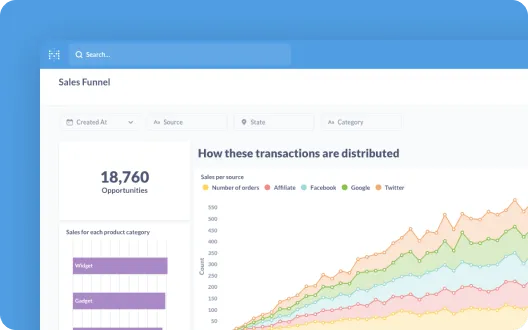

We can download from preconfigured dashboards, so we simply download the JSON file and import it into Grafana. If we don't have the connector against the Prometheus from Grafana, we do, we create the Data Source. Īnd we would restart Prometheus so that it can already read the data from our Crowdsec! sudo service prometheus restart Now in our Prometheus server we can add the metrics of each Crowdsec agent, In your configuration file we indicate it '/usr/local/bin/prometheus/prometheus.yml’. # HELP cs_active_decisions Number of active decisions.Ĭs_active_decisions 3632 To test that this works, we can throw a curl to said port, from the machine itself or a remote one, from shell we execute 'curl ADRESS:6060/metrics’ to validate: curl On every crowdsec agent, in your configuration file '/etc/crowdsec/config.yaml', we must enable Prometheus, we will indicate a listening port through which we will offer the metrics, being something: prometheus:Īnd we reload Crowdsec so that it applies the previous changes: sudo systemctl restart crowdsec Then the Dashboard we can stop it, tear it off or remove it: sudo cscli dashboard stop This would be home, where we directly see the connection to Crowdsec, Y 3 panels, with the list of active decisions, a history of alerts or a general dashboard.ĭashboard the CS – Actives Decisions List, When the metabase container starts, Now we can open a browser to ADRESS:3000 INFO waiting for metabase to be up (can take up to a minute) INFO creating container 'crowdsec-metabase' INFO Pulling docker image metabase/metabase:v0.41.5 ? For metabase docker to be able to access SQLite file we need to add a new group called 'crowdsec' to the system, is it ok for you ? (Y/n) Y ? Metabase requires 1-2GB of RAM, your system is below this requirement continue ? Yes
#Metabase dashboards install
We will need Docker, if we do not have it installed previously: sudo apt install docker.io -yĪnd running 'sudo cscli dashboard setup –listen 0.0.0.0’ we will unfold it: sudo cscli dashboard setup -listen 0.0.0.0 Or we can send a Prometheus the metrics of our agents and then visualize it in Grafana, to taste. If we want to know the status of our machines with Crowdsec, the best thing is to do it through GUI and that some dashboards already made by the community help us, I said, we have two options, a use a docker container with metabase already preconfigured to connect against the local LAPI, something simple and basic that can be used. O, why not, enjoy life and integrate it into Prometheus and visualize it with Grafana! If you want more information or to see how Metabase could help you visualise and analyse your data, please contact us using the form below.In this post we will see two options to have a follow-up of our Crowdsec infrastructure, We have two options, a simple one, a docker container with everything ready. In the meantime, more information about Metabase here. We’ll be showing alternative, more powerful ways to share visualisations in future posts. If you’re using Internet Explorer, now would be a good time to use a different browser.Īll the examples above have been embedded using a simple Iframe. The dashboard below is ‘live’ and there’s even a filter so you can see sales by individual or groups of states (go ahead and click the State button to the top right!). Next we can create a Dashboard containing multiple questions. Embedding ‘questions’ is simply a case of turning on sharing and copying a url. The pie chart is ‘live’ running from our test server. The more observant amongst you will have noticed that hovering over the chart provides more details. Two clicks later, you have a simple table of product sales by category: You start of by asking questions of your data: Instead, the focus is on exploring and interacting with your data. Metabase doesn’t give you the what-if analysis of Crystal Dashboard. Our test server is costing about £10 per month on Microsoft Azure! More importantly, you’re getting the choice of running on your own server or in the cloud, rather than being forced into an expensive monthly licence. If you don’t know what any of that means don’t worry, we’re here to help.
#Metabase dashboards windows
It can be deployed in a multitude of ways: we’re currently running on Windows Server 2016 and Ubuntu Linux, but you can just as easily use Docker, AWS Elastic Beanstalk or Heroku. In their own words:Īs it’s Open Source, there are no licence fees, so you can use throughout your organisation without worrying about purchasing or managing licences. First off, there are appear to be an infinite number of alternatives!Īfter weighing up the pros and cons of various products, we’re now focussing on Metabase.

The demise of Crystal Dashboard has spurred us to look at alternative visualisation tools that are suitable for creating easy to use dashboards.


 0 kommentar(er)
0 kommentar(er)
